
What The Hands Pass Down

I went to the jungle expecting to source art.
I didn’t expect to be invited into a lineage.
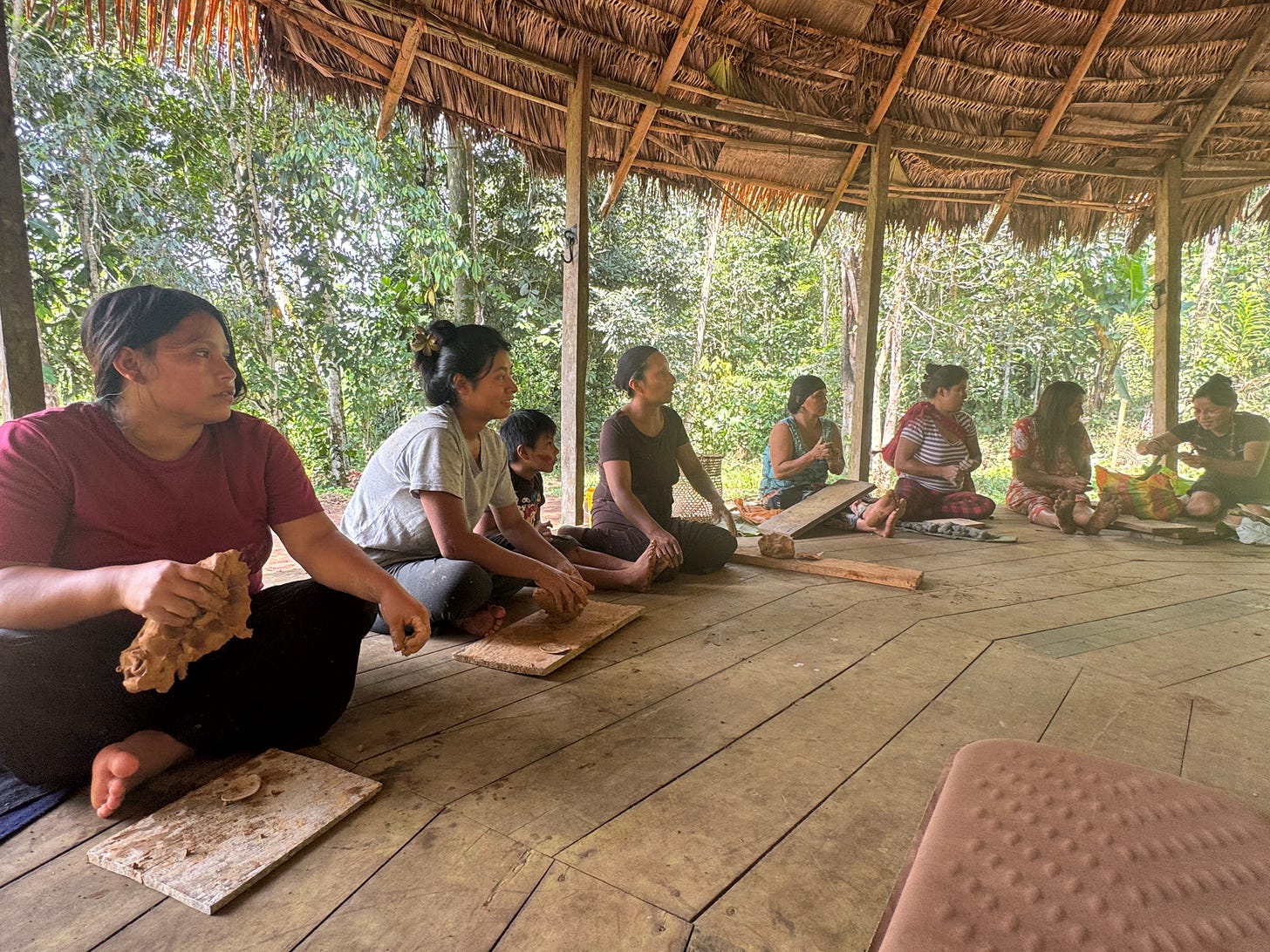
On my second day with the Sapara people—deep in the Ecuadorian Amazon, hours by canoe and small plane from anything recognizable—I watched the women shape clay with a kind of embodied ease that can only come from generations of remembering. Their hands moved instinctively: thumbs pressing, palms smoothing, gestures passed down like songs.
So I asked the translator if the women might be open to showing us what they know.
They agreed, and what unfolded was a three-day teaching—not just of technique, but of story.
They brought us clay they had gathered earlier from a riverbank deep in the forest, a place they locate not by map or memory but by listening for the call of a specific owl. When the owl sings, they say, the clay is ready. Not just present—ready. It’s a knowing that lives beyond language. A conversation between earth, animal, and human that Western logic has no vocabulary for.
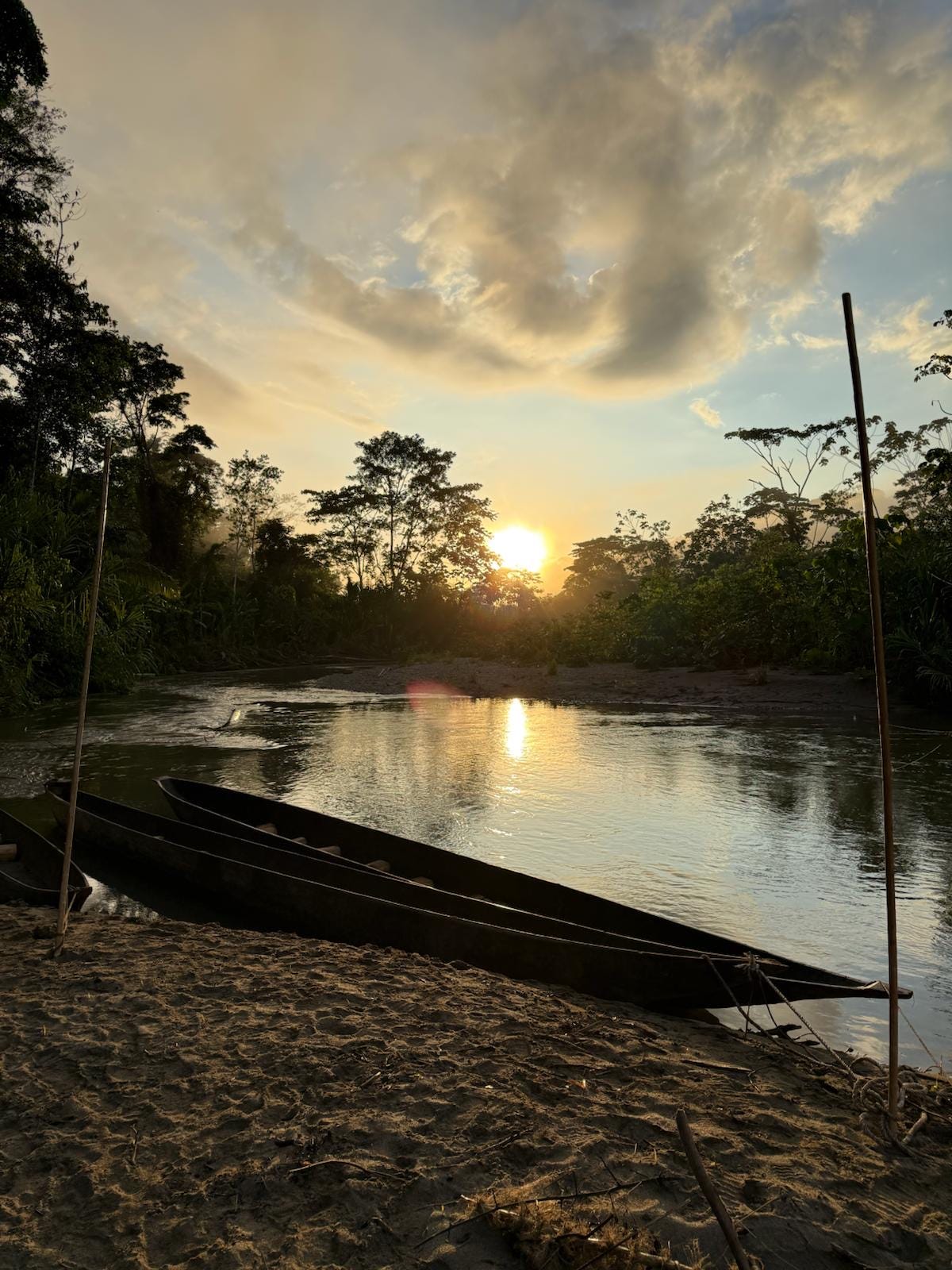
They showed us how to knead the clay, how to feel when it’s too wet or too stubborn, how to shape bowls and small ceremonial objects. Then they taught us the carvings—patterns that signify their tribe, their dreams, their identity. Each mark wasn’t decoration; it was meaning.
We sat together in the heat, shaping, carving, smoothing, while they told us stories: of their mothers, of their ancestry, of dreams that guide creation as much as technique. When the pieces dried, we fired them over open flame, the smoke carrying what we had made into something lasting.
By the end, I was holding a small piece of their world—warm, imperfect, smoke-scented. A vessel of lineage.
Craft as Ancestry
What I learned in those days is that craft is a form of ancestry.
A bowl can hold generations.
A pattern can carry centuries.
A technique can outlive an entire era.

Craft isn’t just what gets made—it’s what gets remembered.
It’s a conversation across time.
In the Sapara way, nothing is written. Knowledge is carried in dreams, in gesture, in the hand. Teaching someone to shape clay is not just sharing a skill—it’s passing down a worldview.
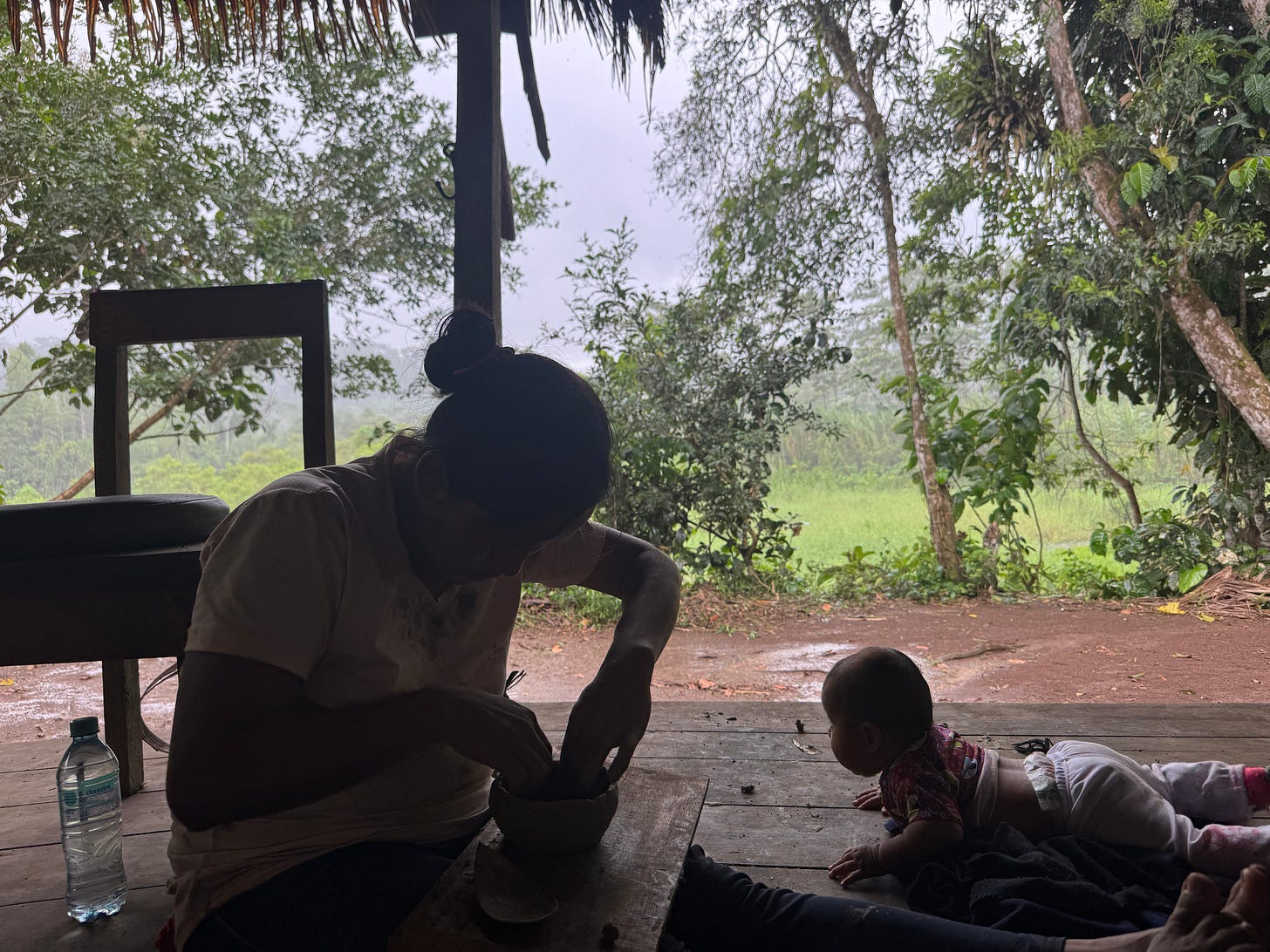
And it made me think about all the things we inherit that aren’t objects: patience, listening, intuition, rhythm.
Sometimes lineage is blood.
Sometimes it’s offered.
The Philosophy of Making
There is something sacred about making something slowly.
About letting time gather inside an object.
Neuroscientists say the hands are an extension of the brain—they feel, think, and remember in ways language cannot. Craft pulls us out of our minds and into our bodies. Repetition becomes devotion. Touch becomes knowledge.

Making collapses the distance between creator and creation. It invites us into presence in a way nothing digital can.
Global Lineages
Across the world, craft is our oldest language:
- Japanese art of Shodo writing stories

- Oaxacan carvers coaxing spirit from wood

- Quilters of Gee’s Bend Alabama stitching memory into fabric

- Venetian glassblowers turning breath into architecture

Each tradition is a reminder: humans have always used their hands to say what words cannot.
The Object I Carried Home
When it was time to leave the jungle, I wrapped my ceramic piece in clothing and carried it gently in my bag. It wasn’t just an object. It was an encounter, a lesson, an inheritance that wasn’t mine but was given.
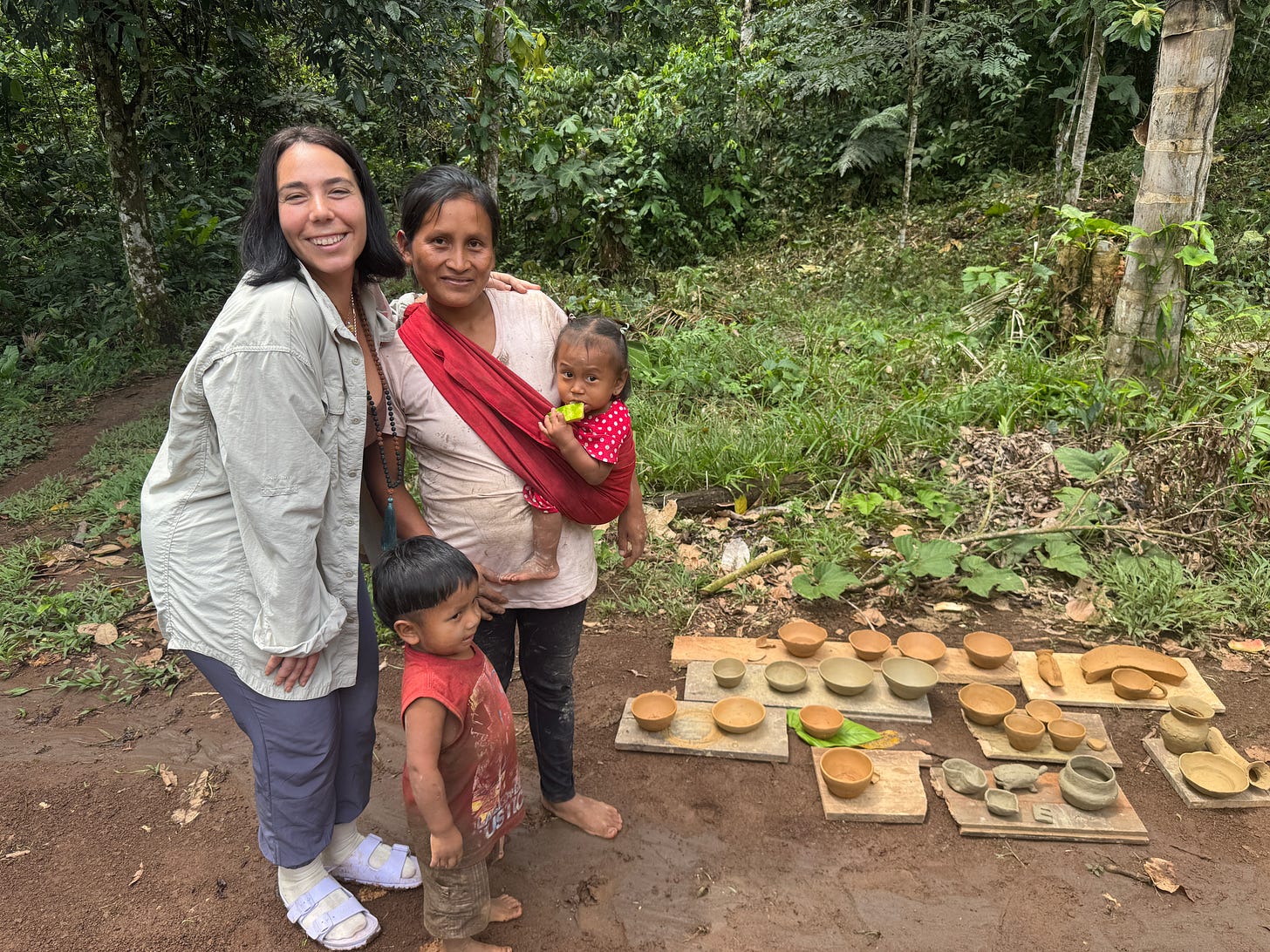
Every time I hold it, I feel the hum of those days—clay under my fingernails, heat on my skin, the faint echo of an owl guiding women to the earth. I remember that beauty is often slow, often quiet, and almost always passed down hand to hand.
💌 Elle
P.S. What’s a craft or skill someone once taught you—something passed down through touch, patience, or love? Share yours in the comments; I’d love to hear the lineages that shaped you.
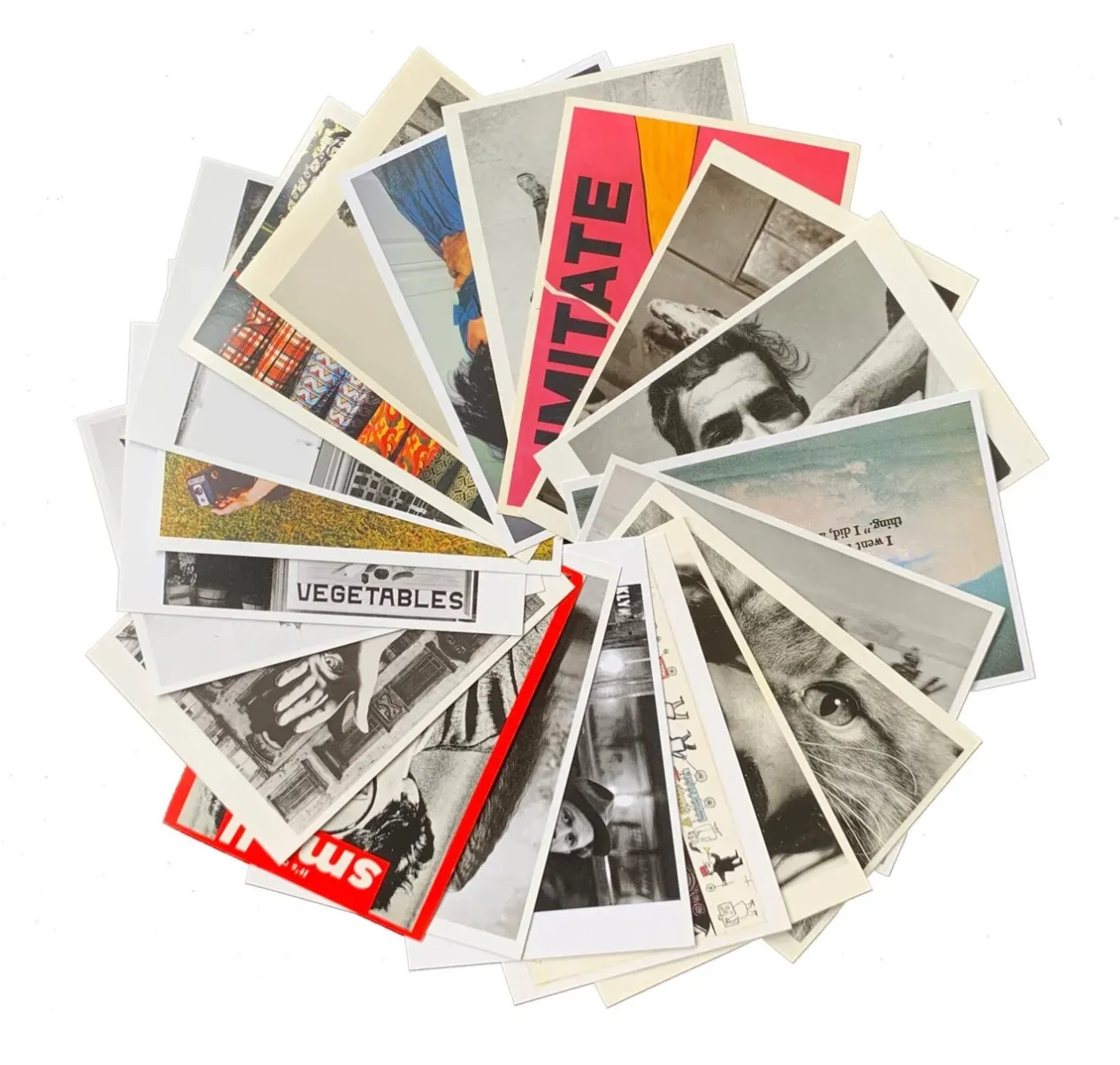




.svg)


.svg)

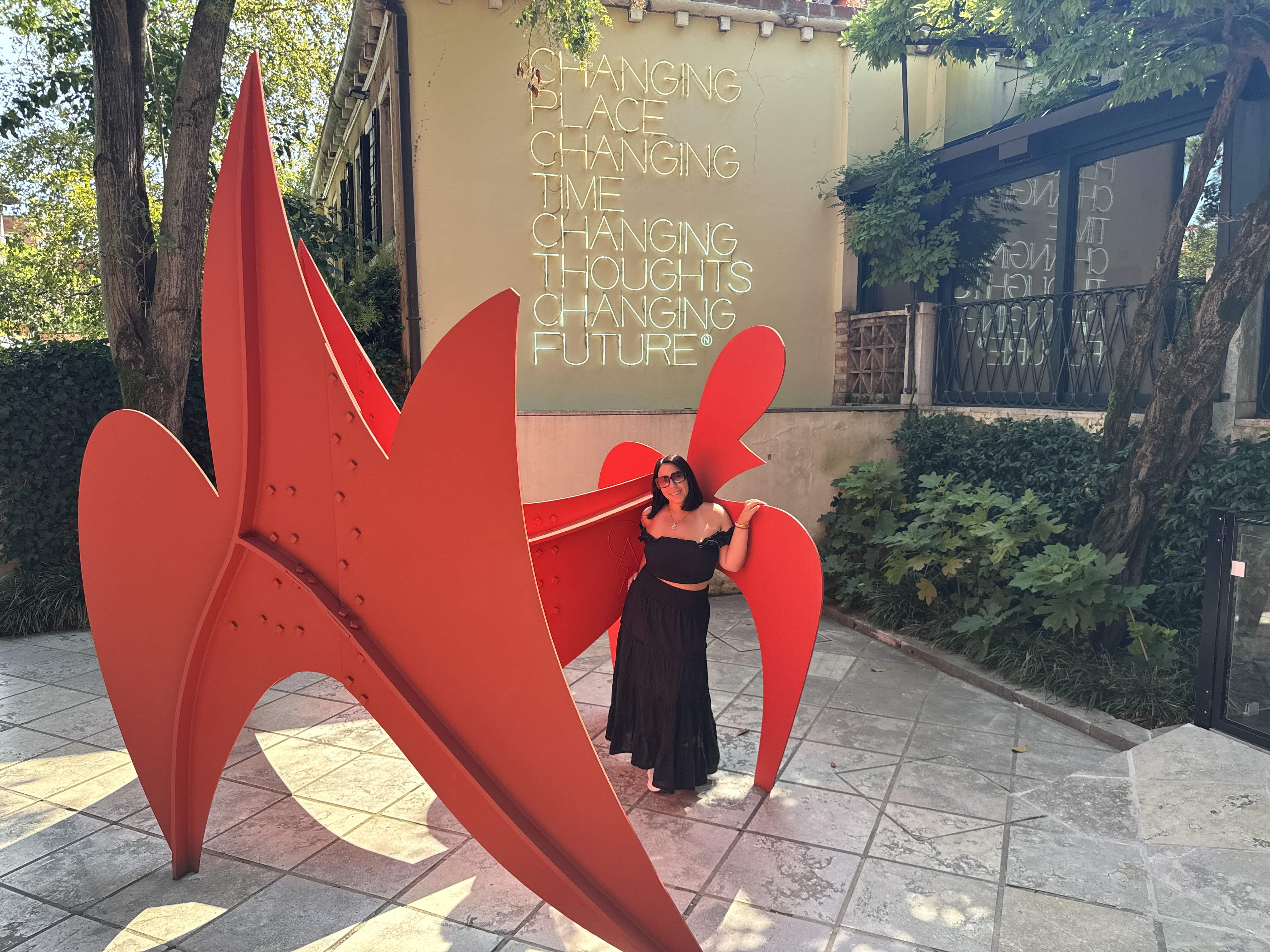
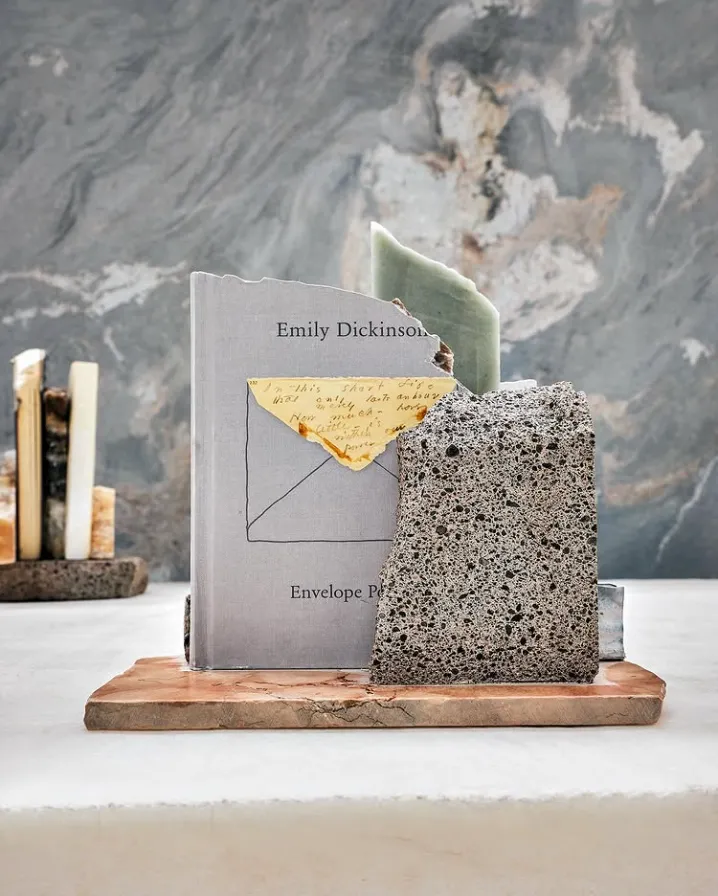
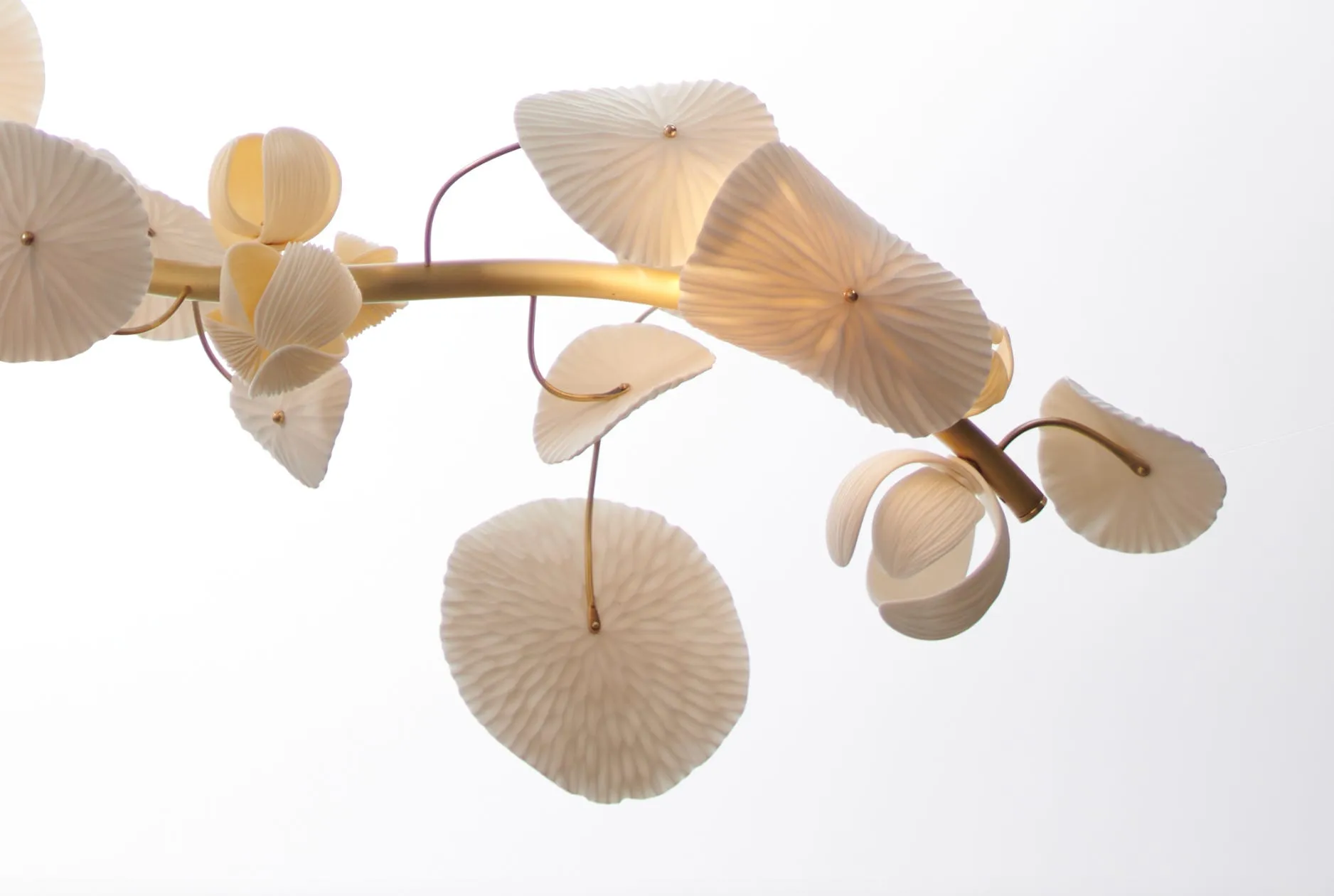



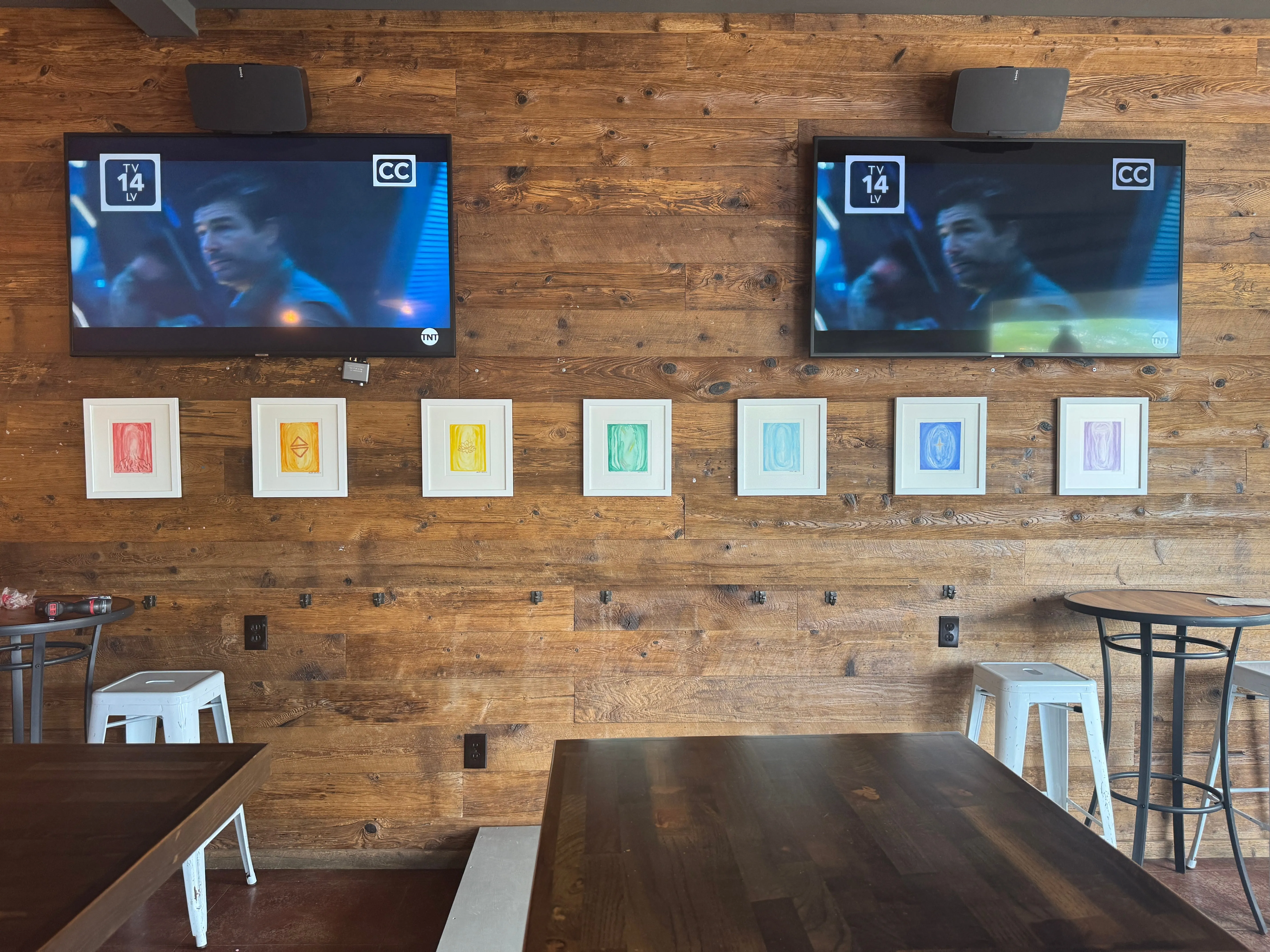

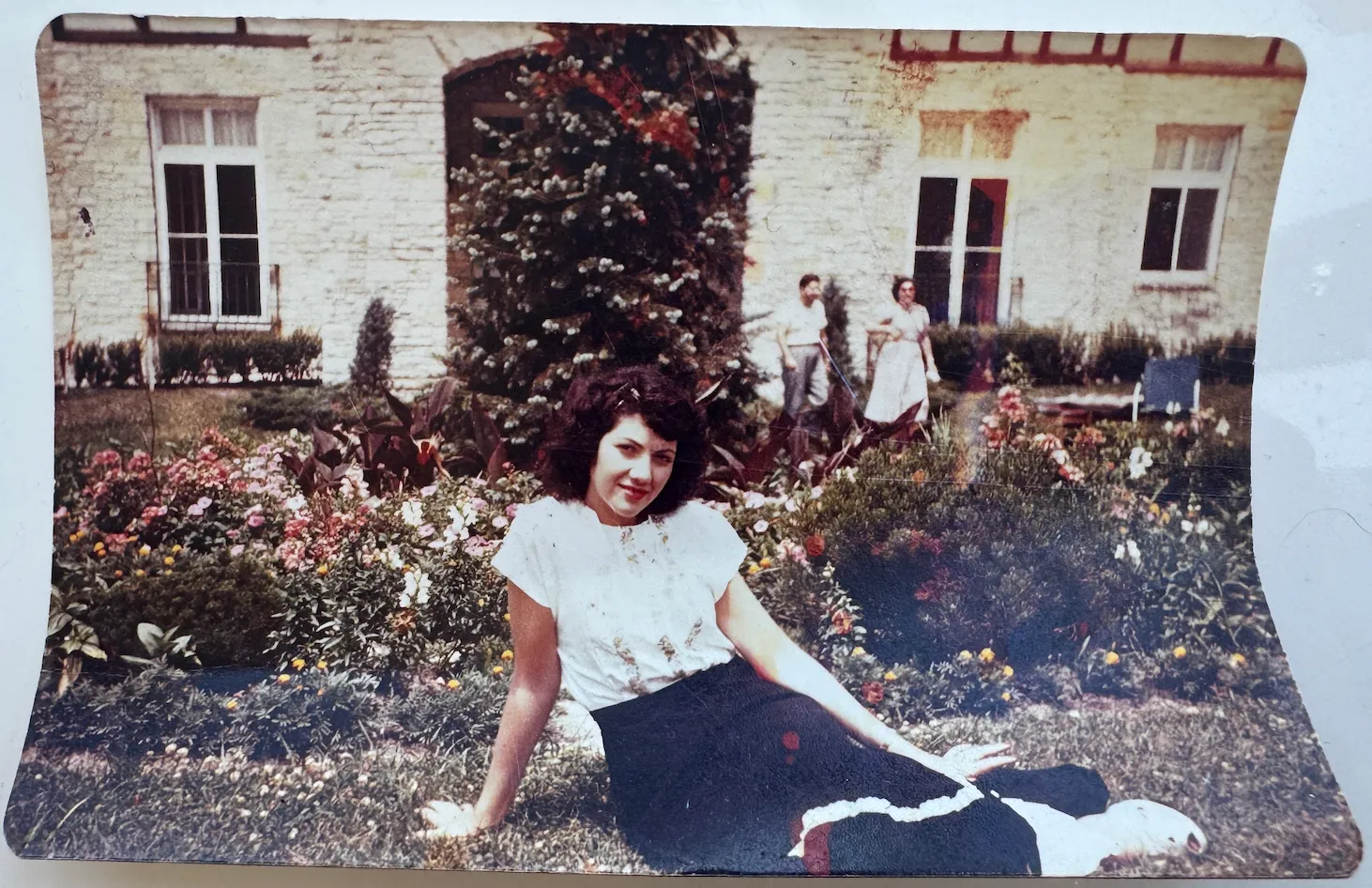

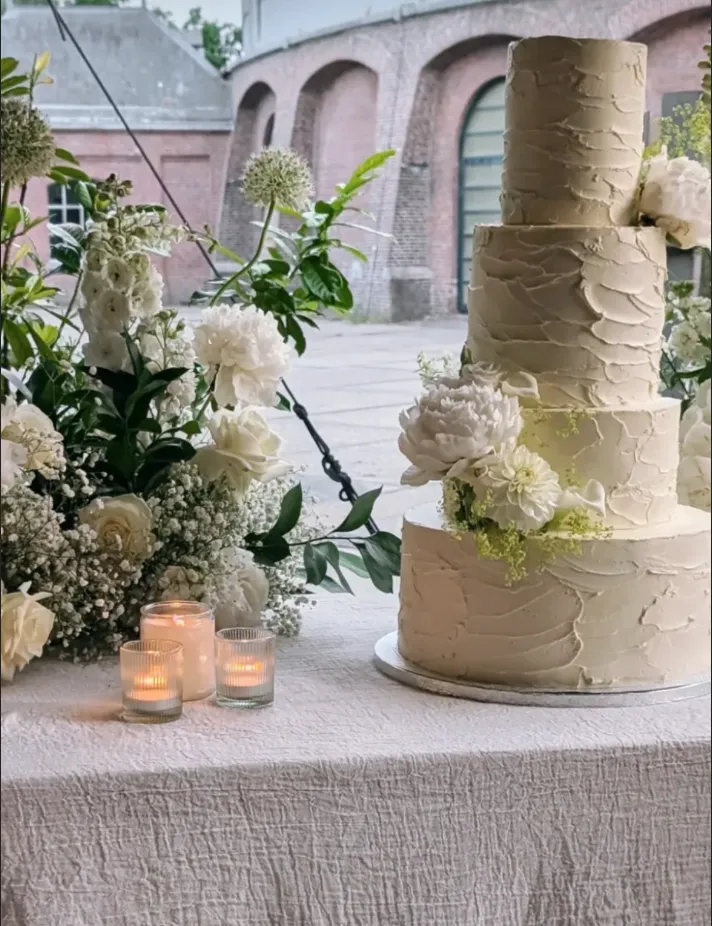
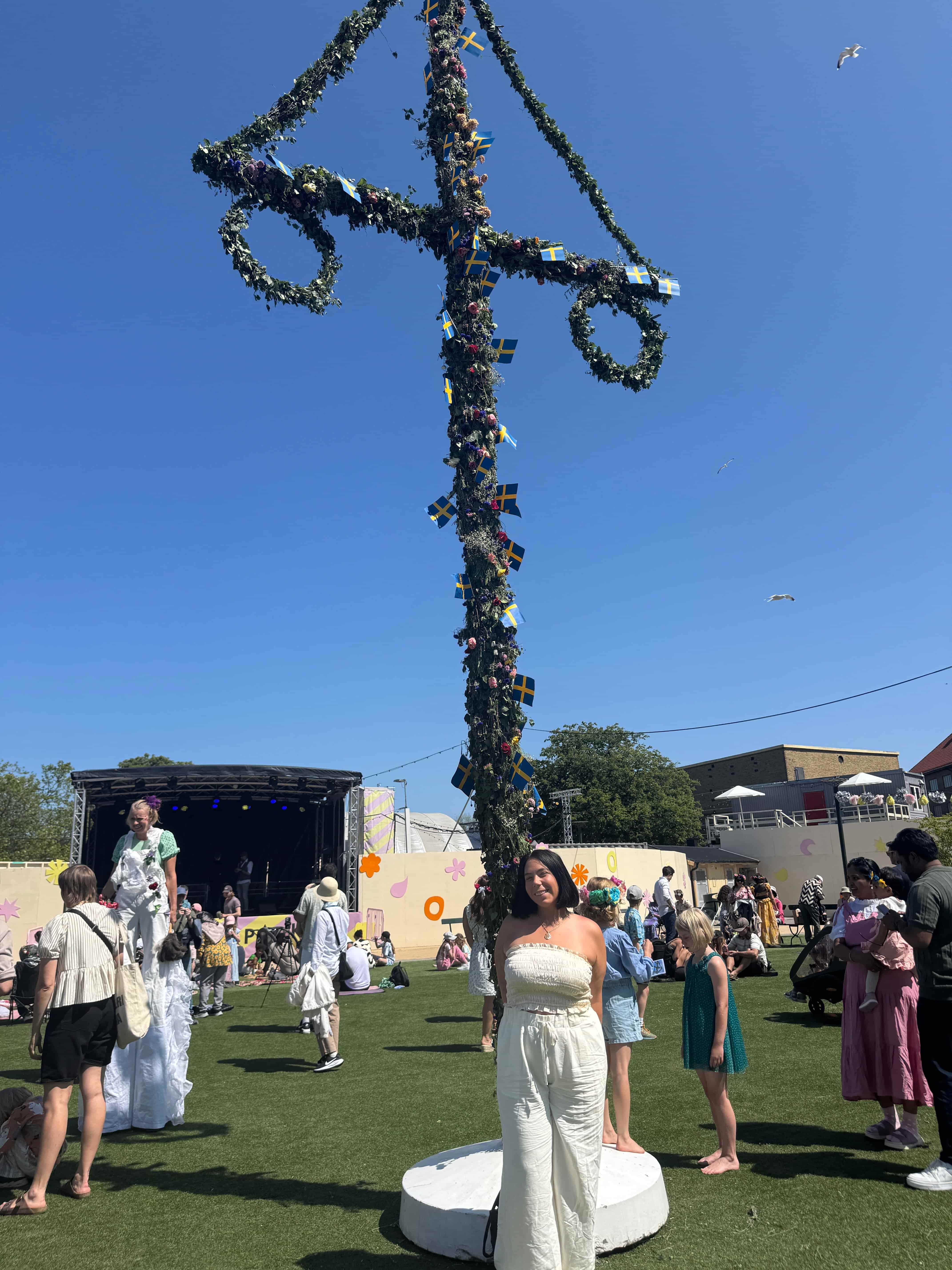

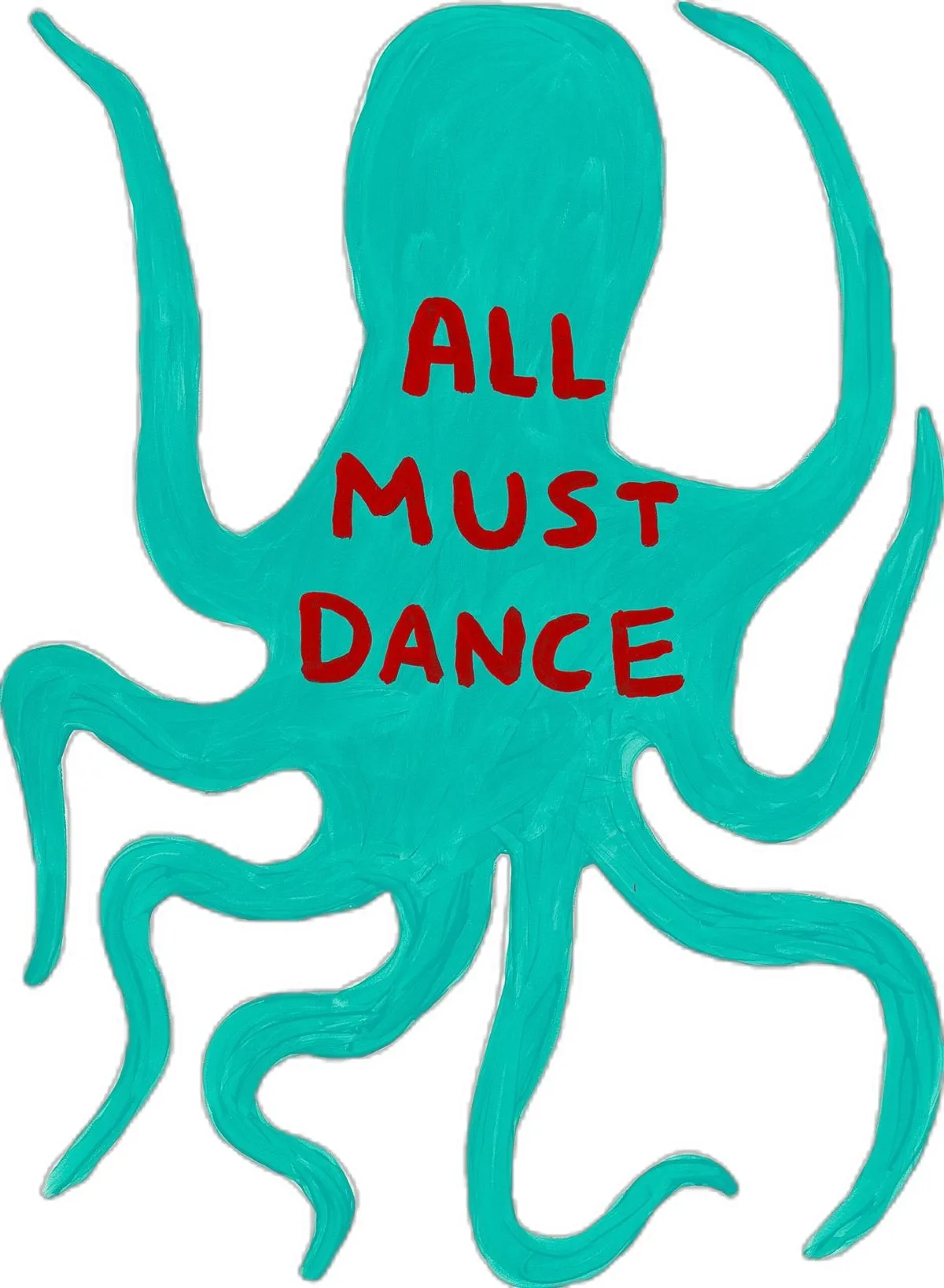


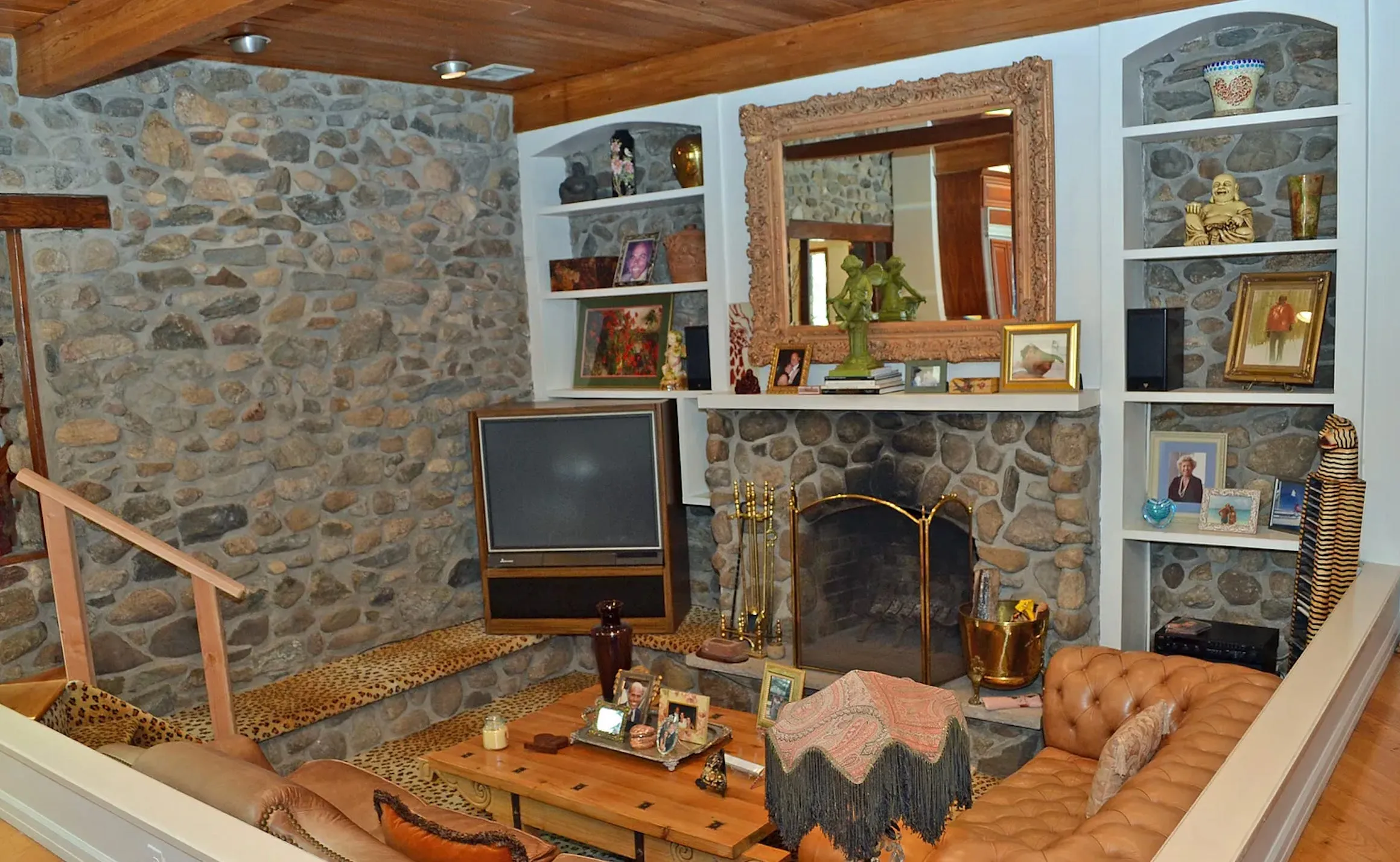


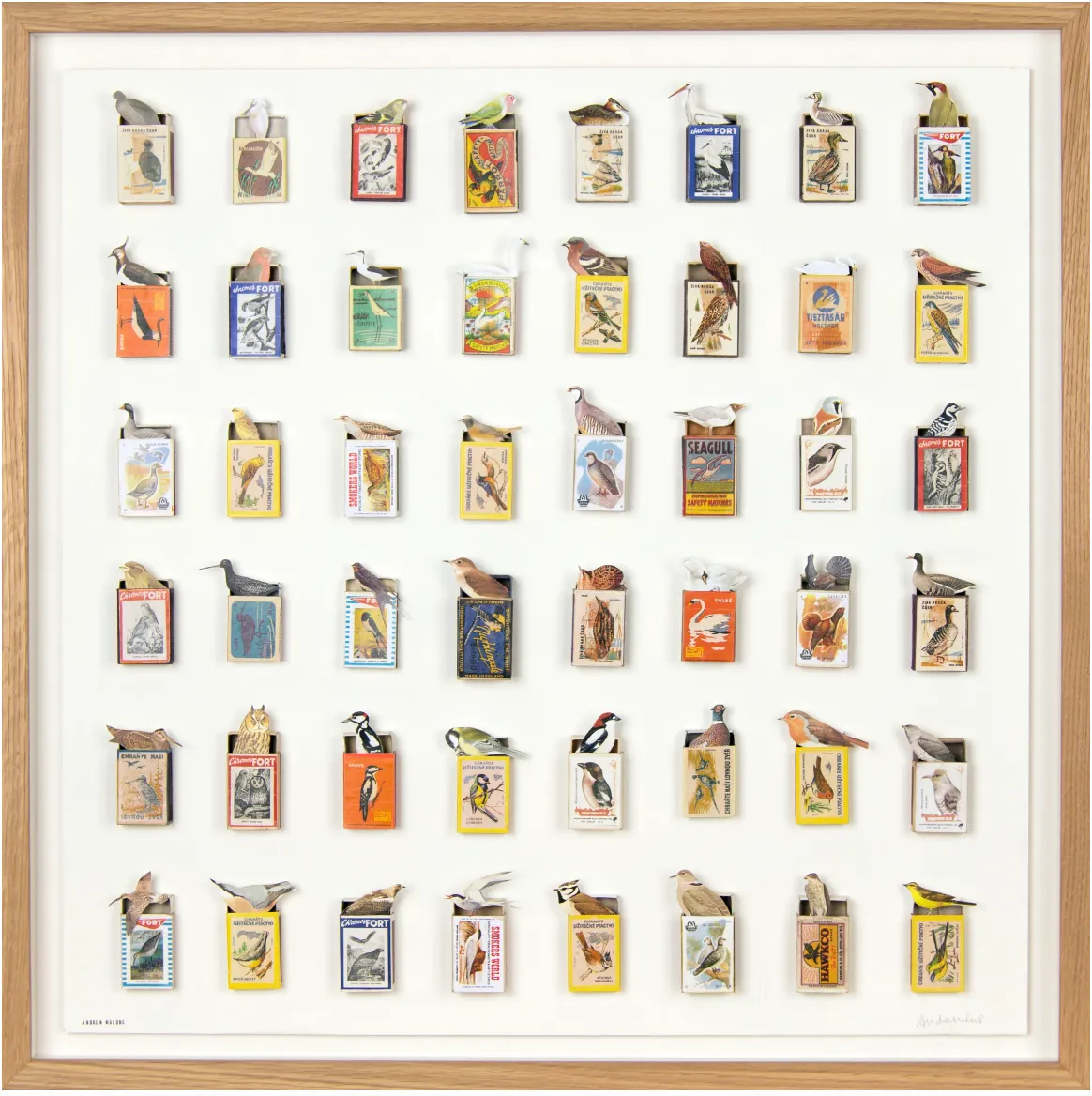


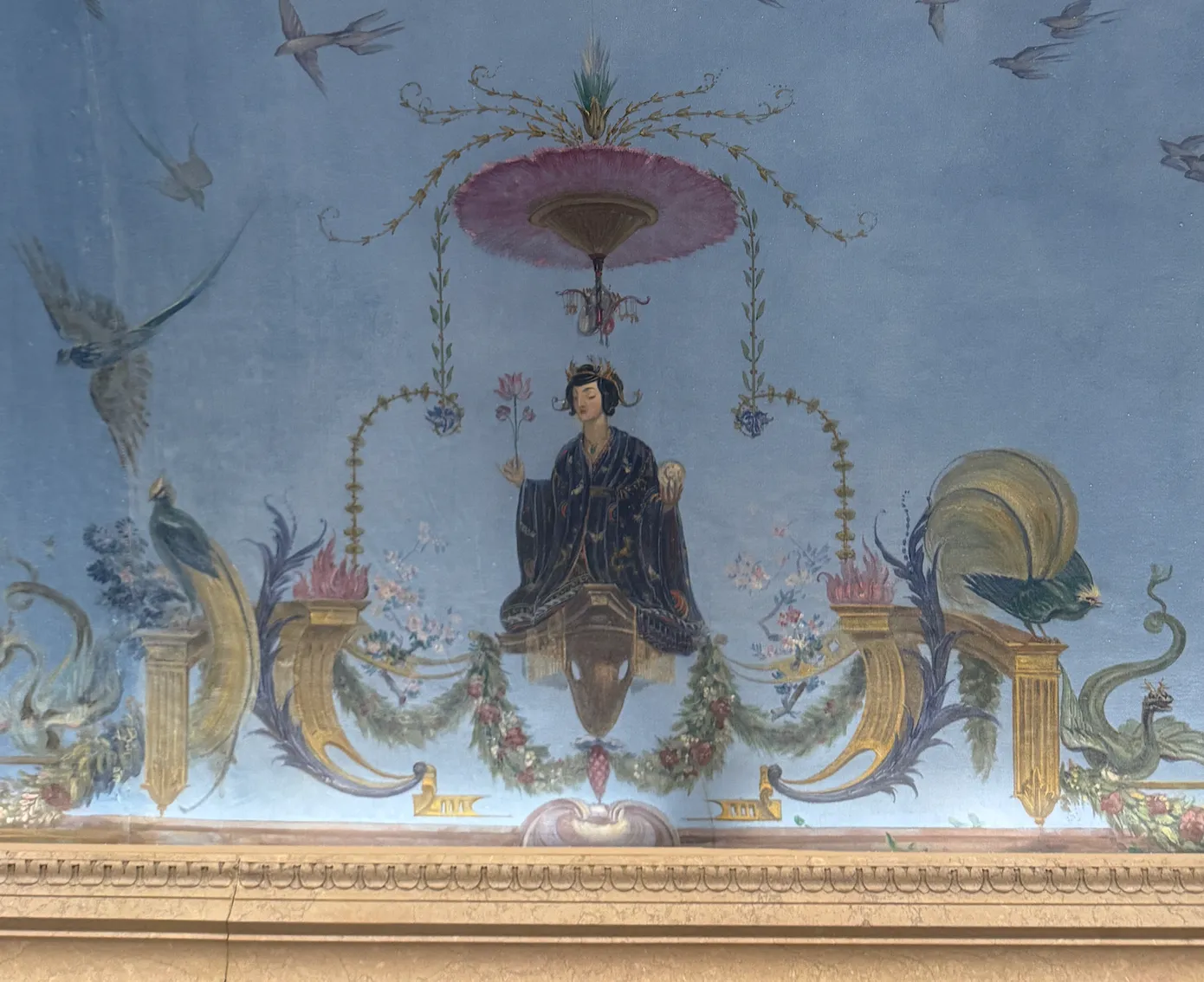

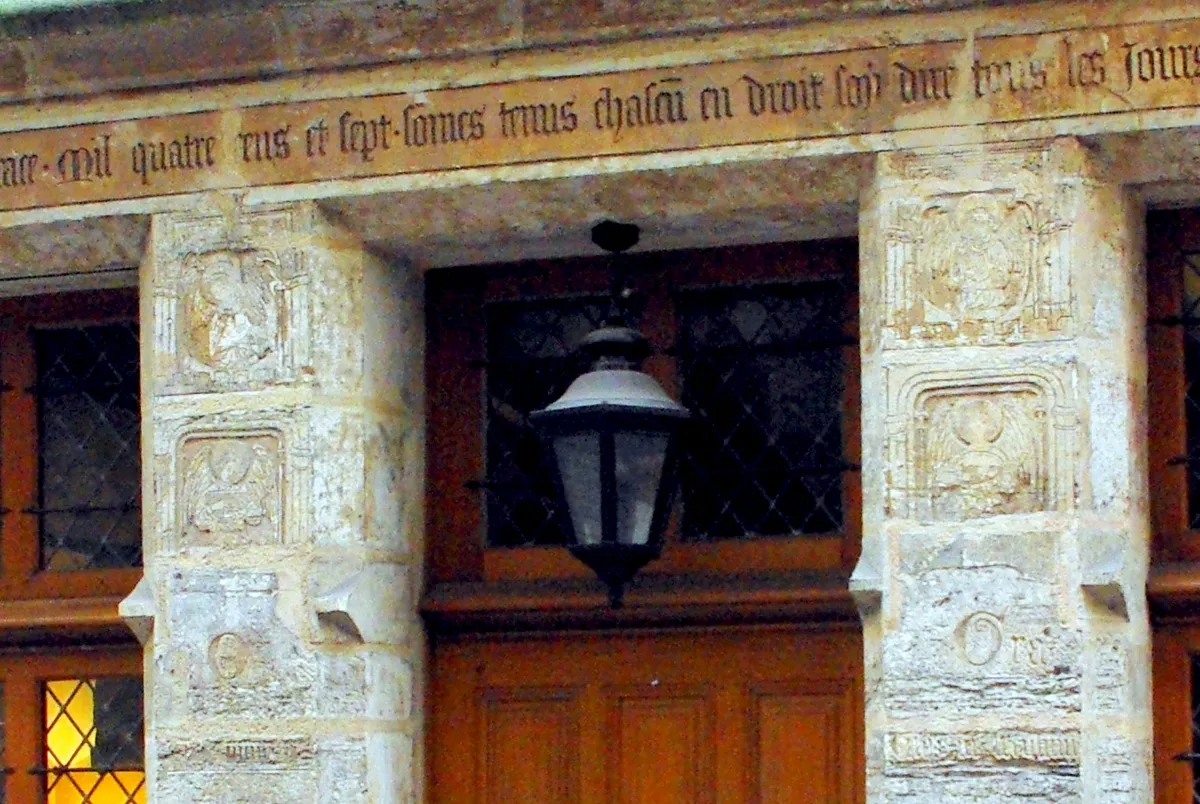
.webp)

.webp)

.webp)
.webp)
.webp)

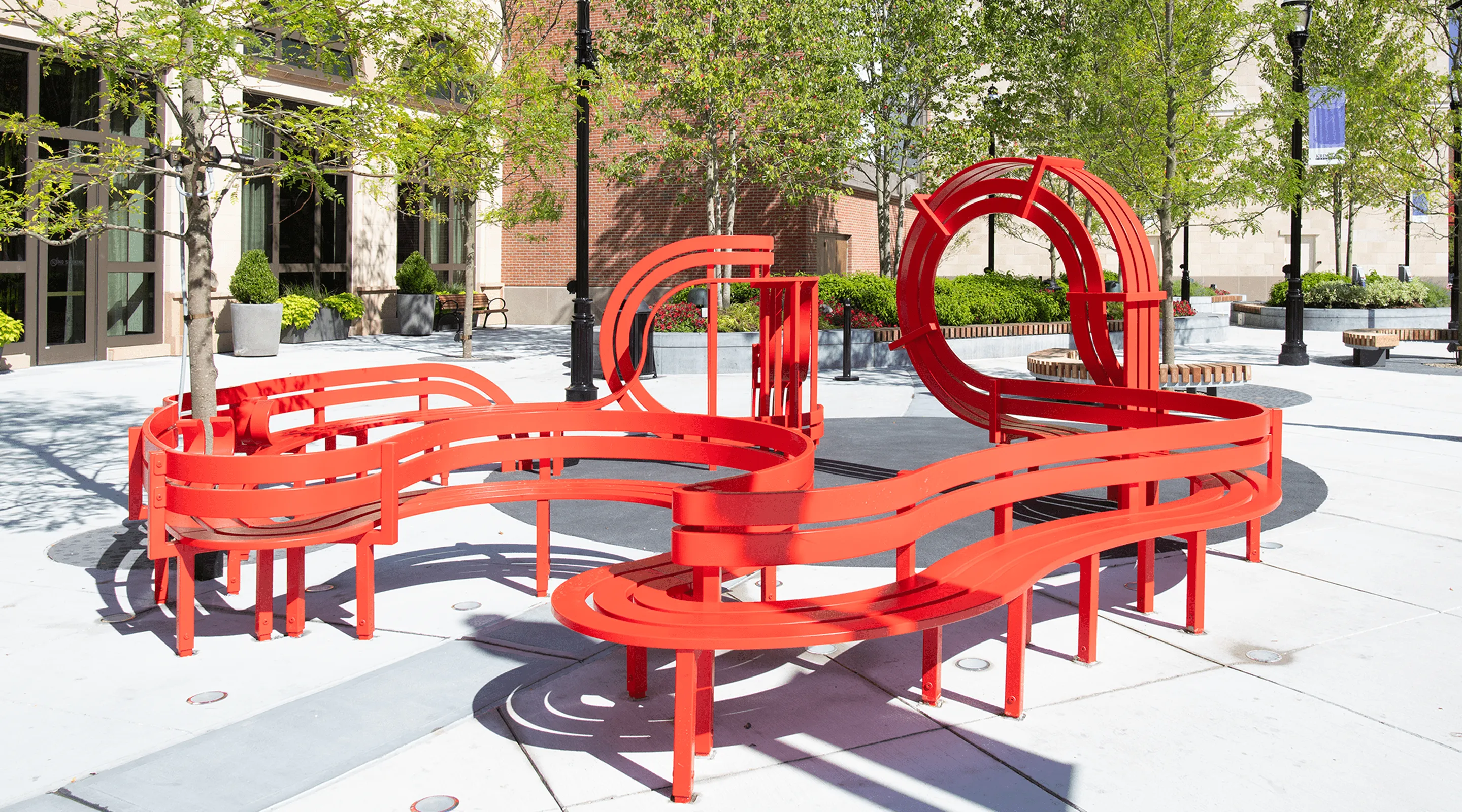



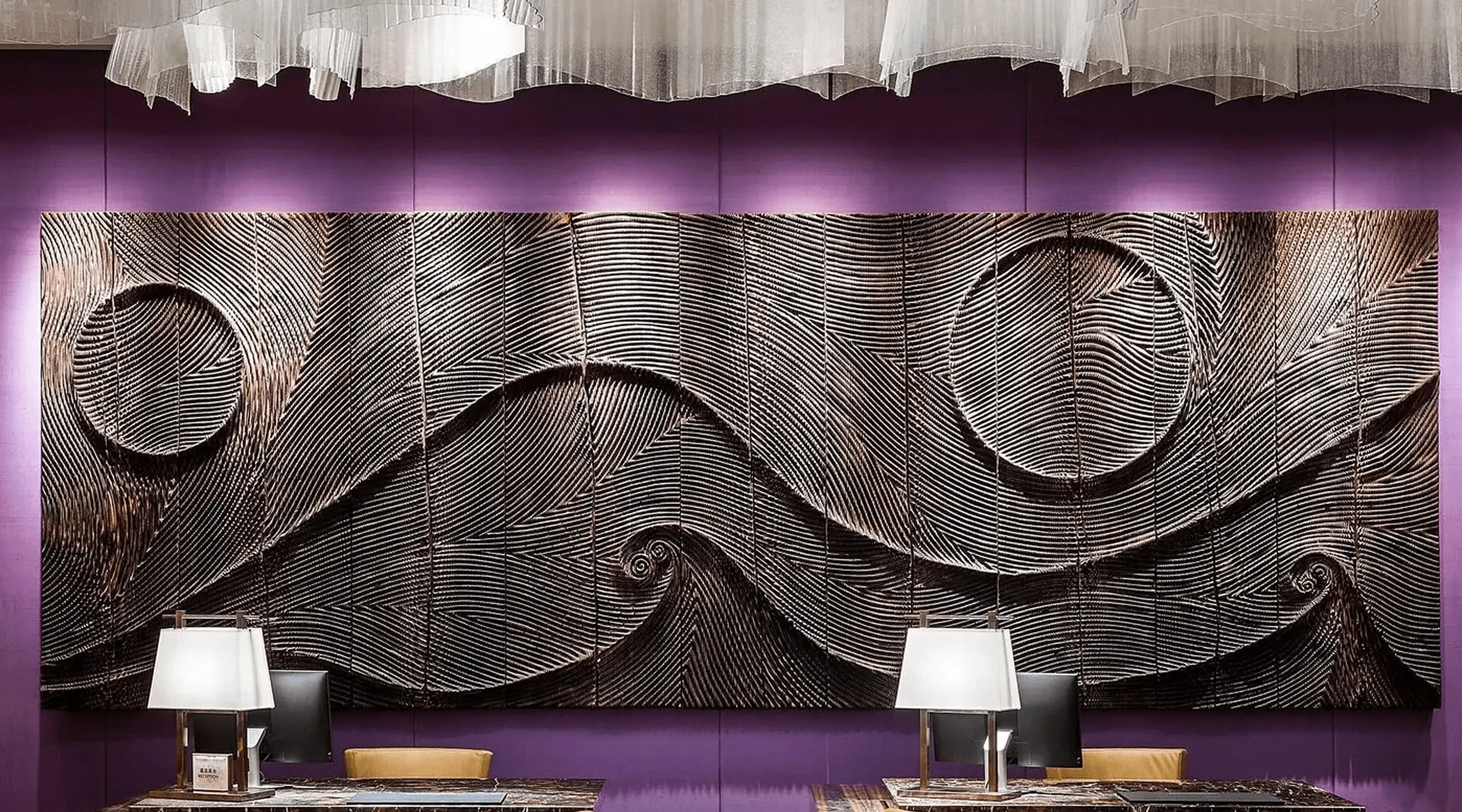
-min.webp)